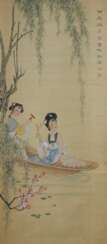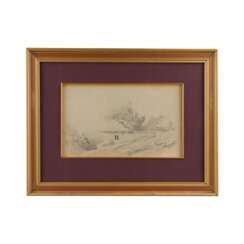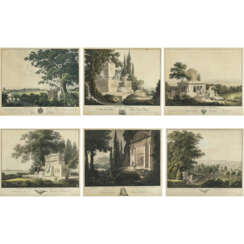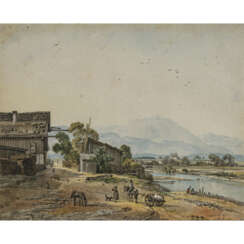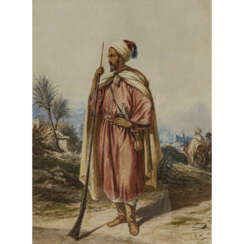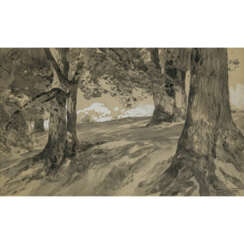graphics 19th-20th century
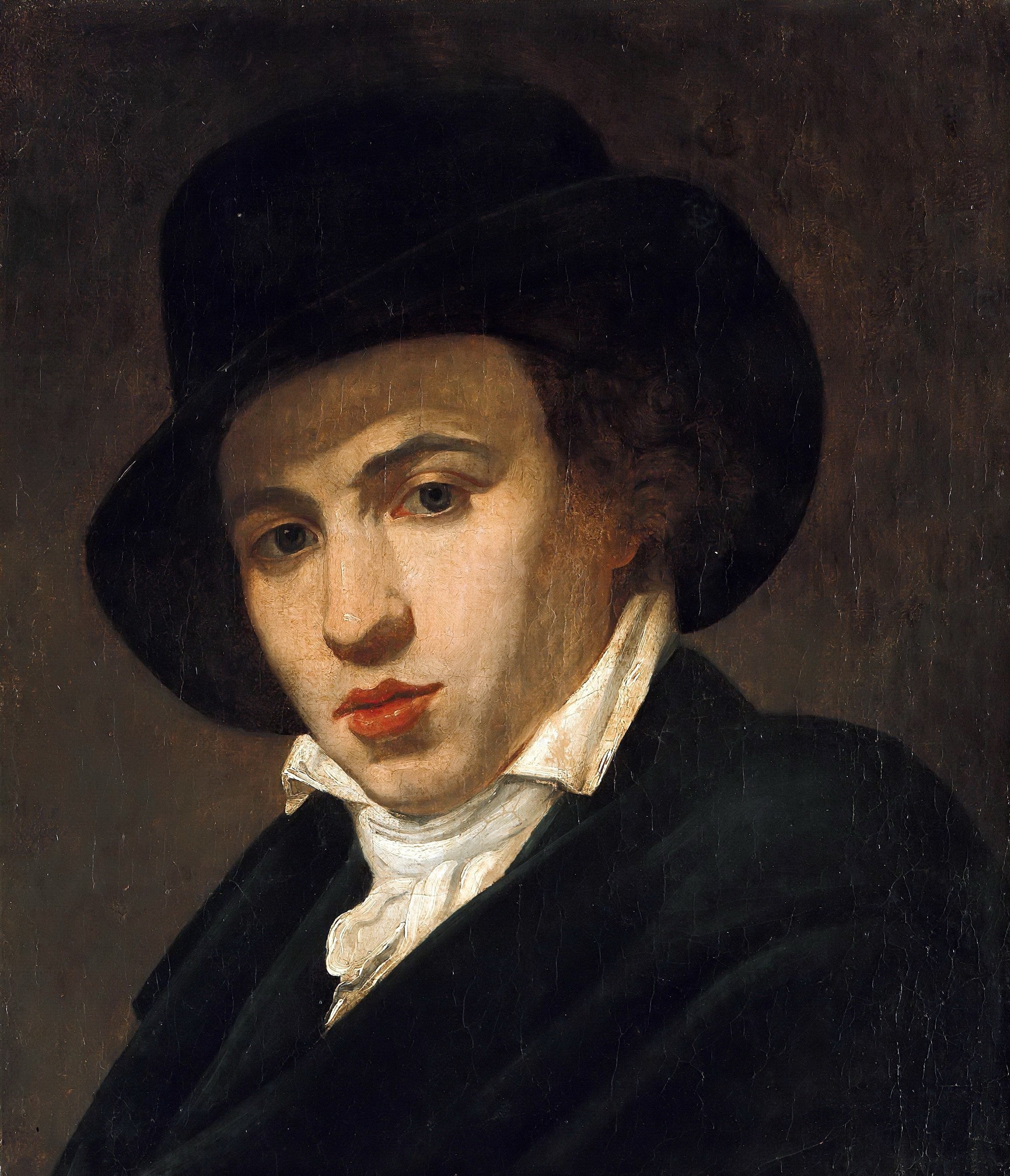
Wilhelm von Kobell was a German painter of the first half of the 19th century. He is known as a landscape painter, animalist and battle painter.
Von Kobell initially produced landscapes and animal paintings, but later focused mainly on battle painting. He visited Vienna and Paris between 1809 and 1810 to study this genre. His battle paintings, based on extensive research, are characterized by striking realism. They are important for the study of military history.

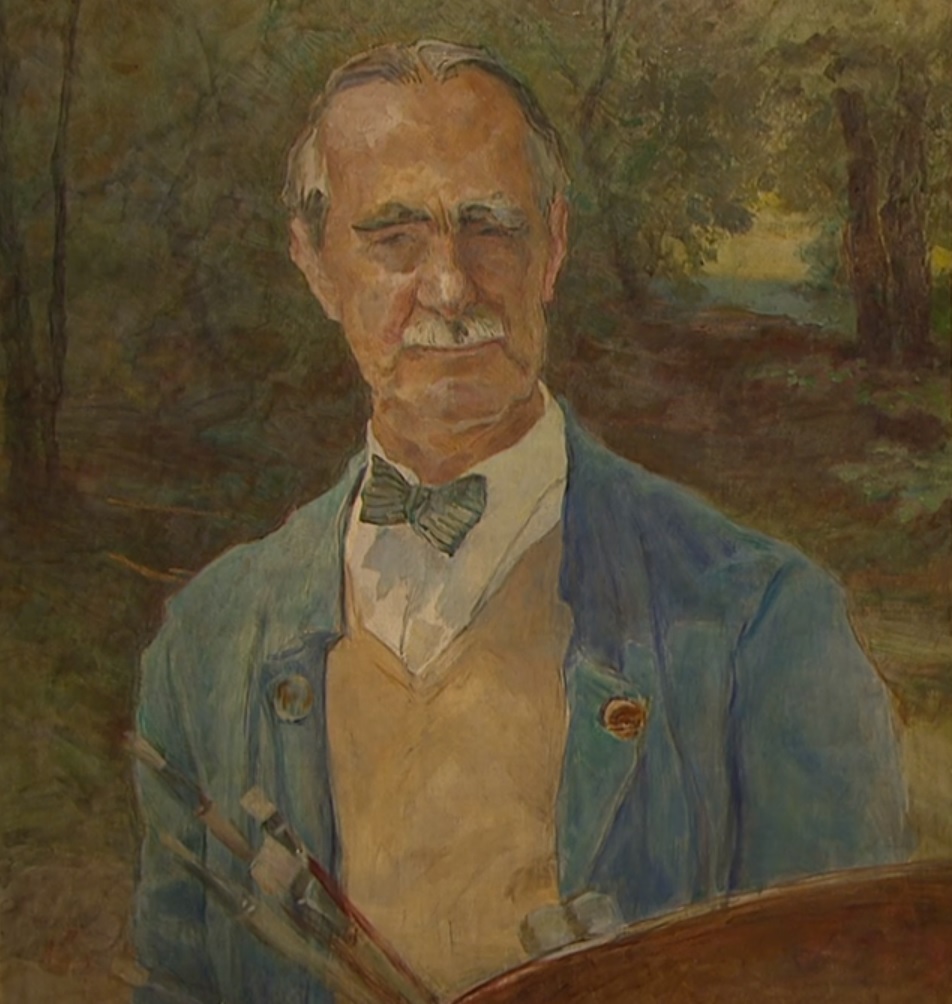
Eduard Thöny was a German caricaturist and illustrator known for his work for the journal Simplicissimus, to which he was invited to contribute by Albert Langen.

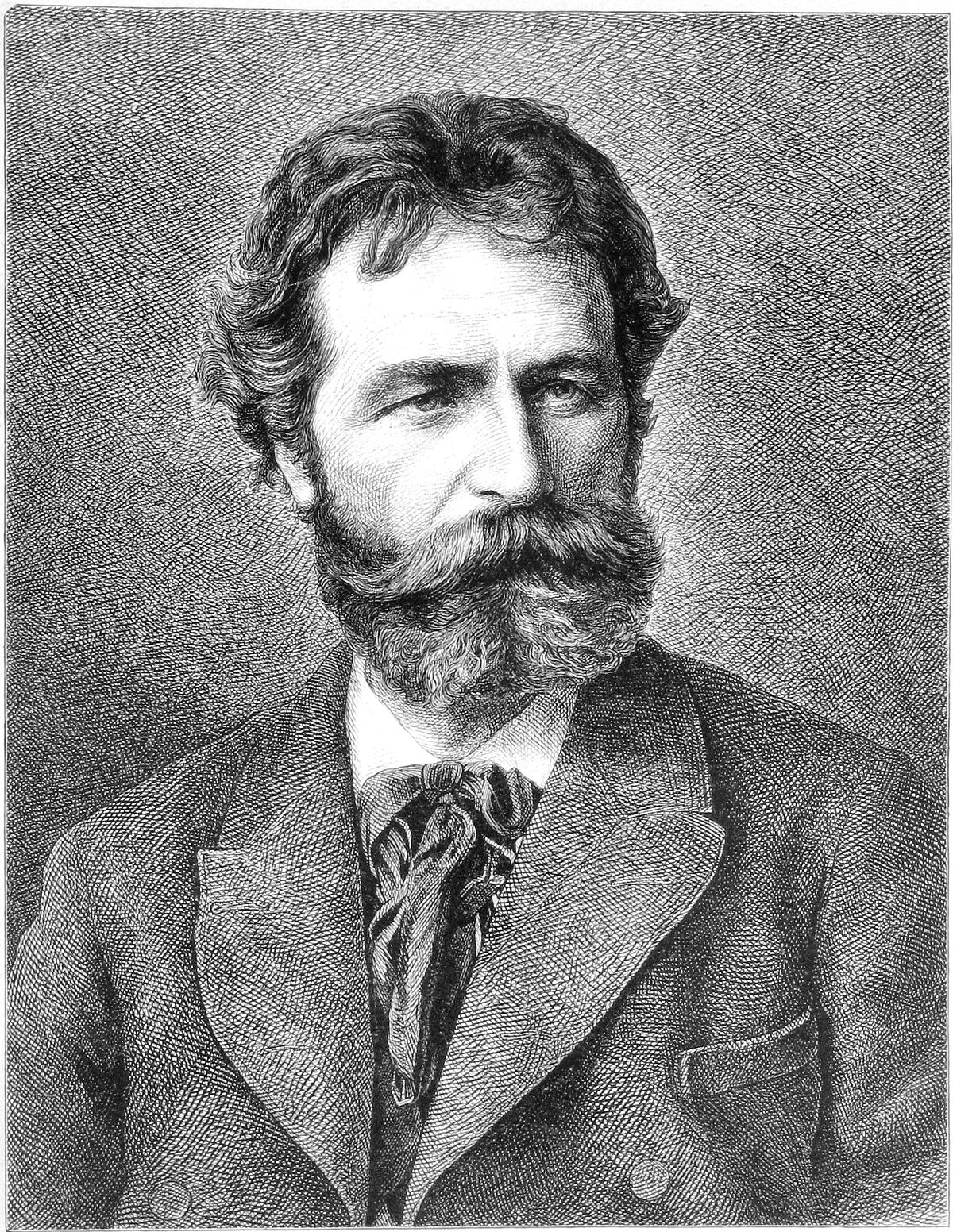
Franz von Defregger was an Austrian artist known for producing genre art and history paintings set in his native county of Tyrol.

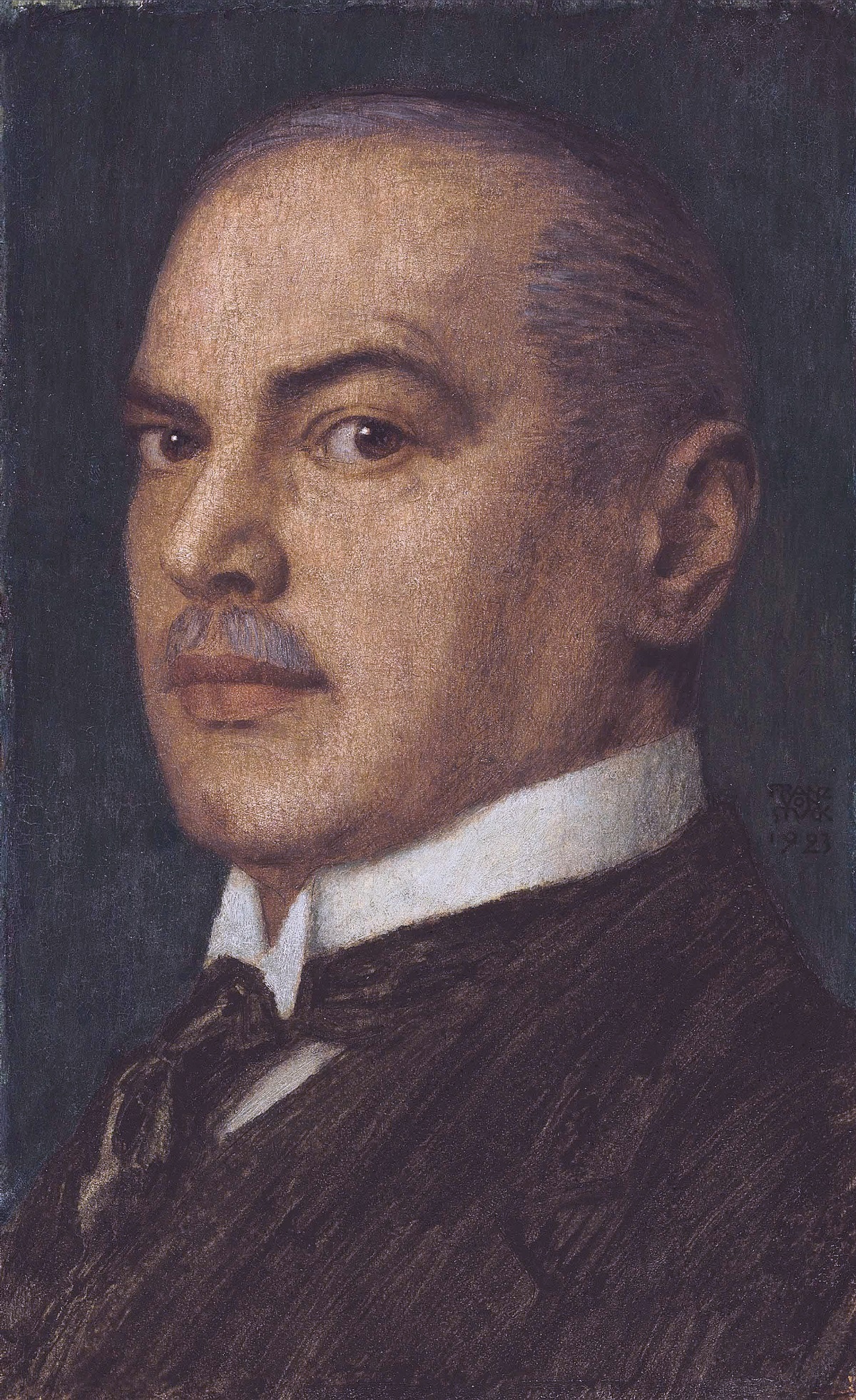
Franz von Stuck was a German painter, sculptor, printmaker, and architect. Stuck was best known for his paintings of ancient mythology, receiving substantial critical acclaim with The Sin in 1892.

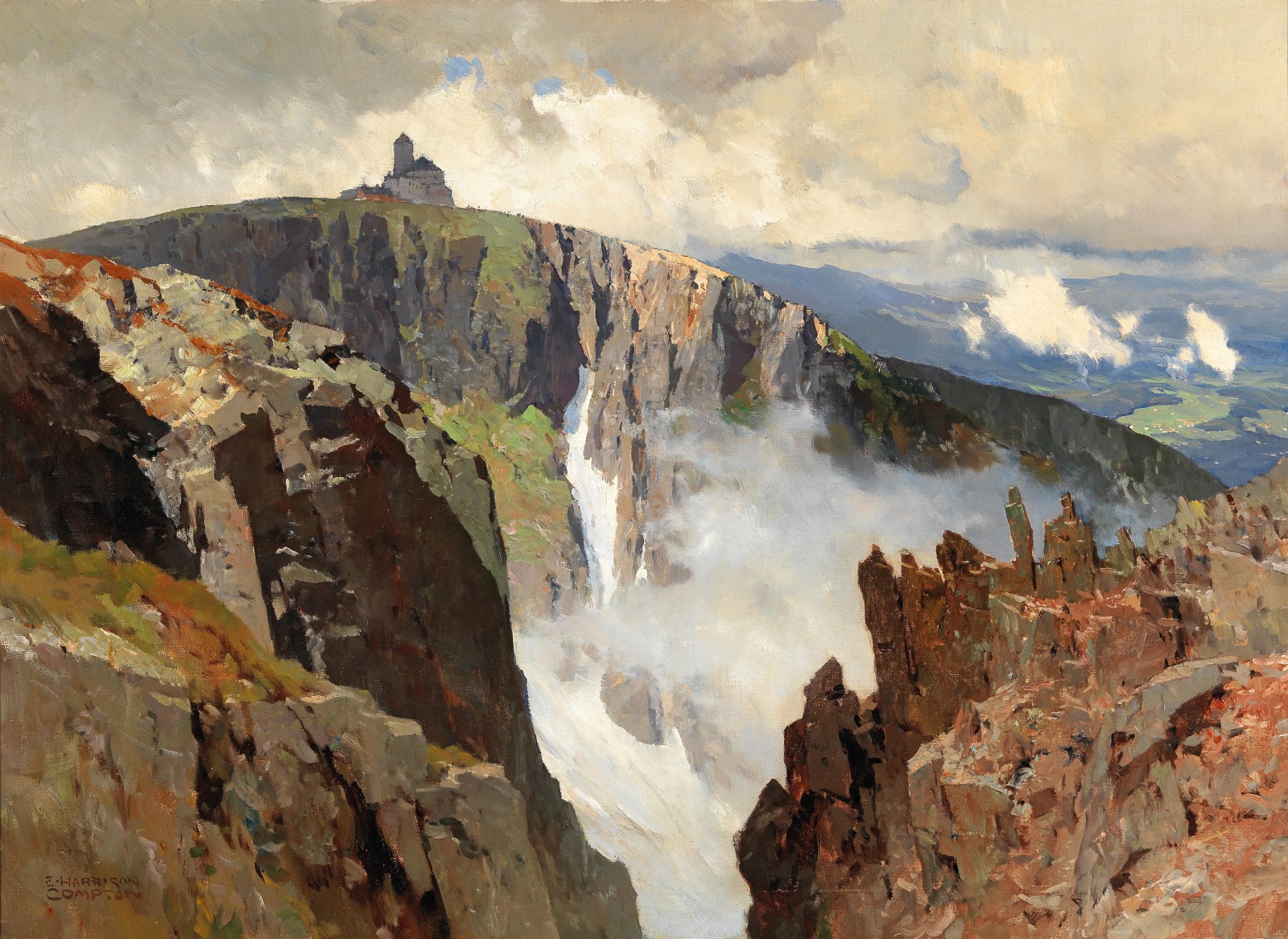
Edward Harrison Compton was a German landscape painter and illustrator of English descent.
Like his father he was inspired by the Alps to become a mountain painter (Bergmaler) working in both oils and watercolour. However, an attack of Polio at the age of 28 meant that he had to find more accessible landscapes to paint in Germany, England, northern Italy and Sicily. He also provided illustrations for several travel books published by A & C Black.


Edward Harrison Compton was a German landscape painter and illustrator of English descent.
Like his father he was inspired by the Alps to become a mountain painter (Bergmaler) working in both oils and watercolour. However, an attack of Polio at the age of 28 meant that he had to find more accessible landscapes to paint in Germany, England, northern Italy and Sicily. He also provided illustrations for several travel books published by A & C Black.


Edward Harrison Compton was a German landscape painter and illustrator of English descent.
Like his father he was inspired by the Alps to become a mountain painter (Bergmaler) working in both oils and watercolour. However, an attack of Polio at the age of 28 meant that he had to find more accessible landscapes to paint in Germany, England, northern Italy and Sicily. He also provided illustrations for several travel books published by A & C Black.


Edward Harrison Compton was a German landscape painter and illustrator of English descent.
Like his father he was inspired by the Alps to become a mountain painter (Bergmaler) working in both oils and watercolour. However, an attack of Polio at the age of 28 meant that he had to find more accessible landscapes to paint in Germany, England, northern Italy and Sicily. He also provided illustrations for several travel books published by A & C Black.

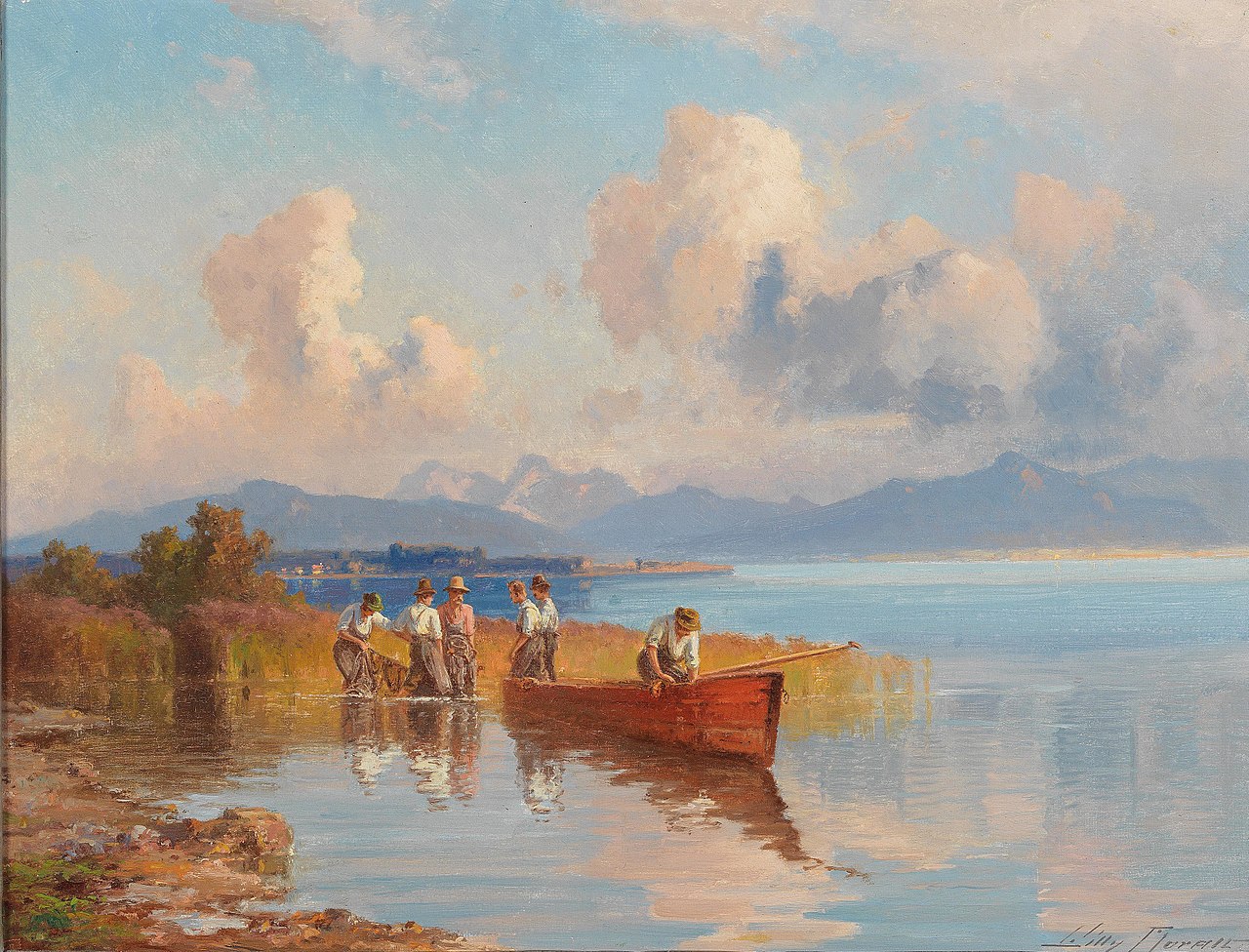
Willy Moralt was a German painter who specialised in landscapes.

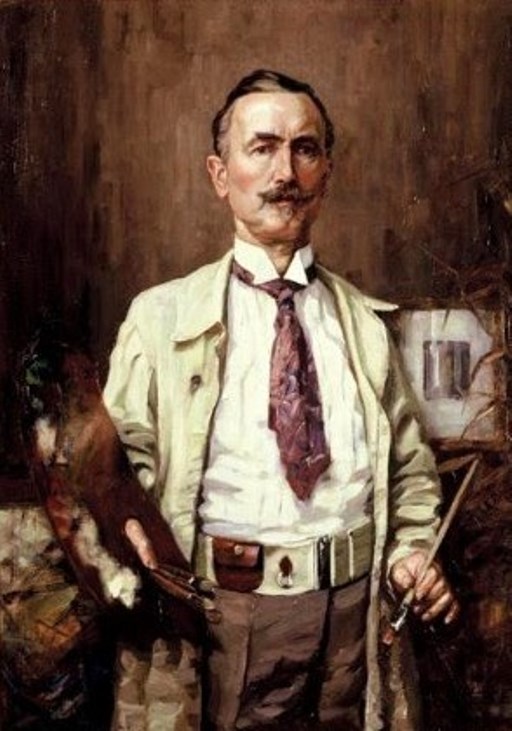
Alexander Max Koester was a German painter. He depicted coastal landscapes and still lifes with flowers. After the artist first presented one of his landscapes with a family of ducks in Berlin in 1899, he earned the nickname "Duck Koester." The "duck" paintings were extremely popular with art lovers.


Alexander Max Koester was a German painter. He depicted coastal landscapes and still lifes with flowers. After the artist first presented one of his landscapes with a family of ducks in Berlin in 1899, he earned the nickname "Duck Koester." The "duck" paintings were extremely popular with art lovers.

